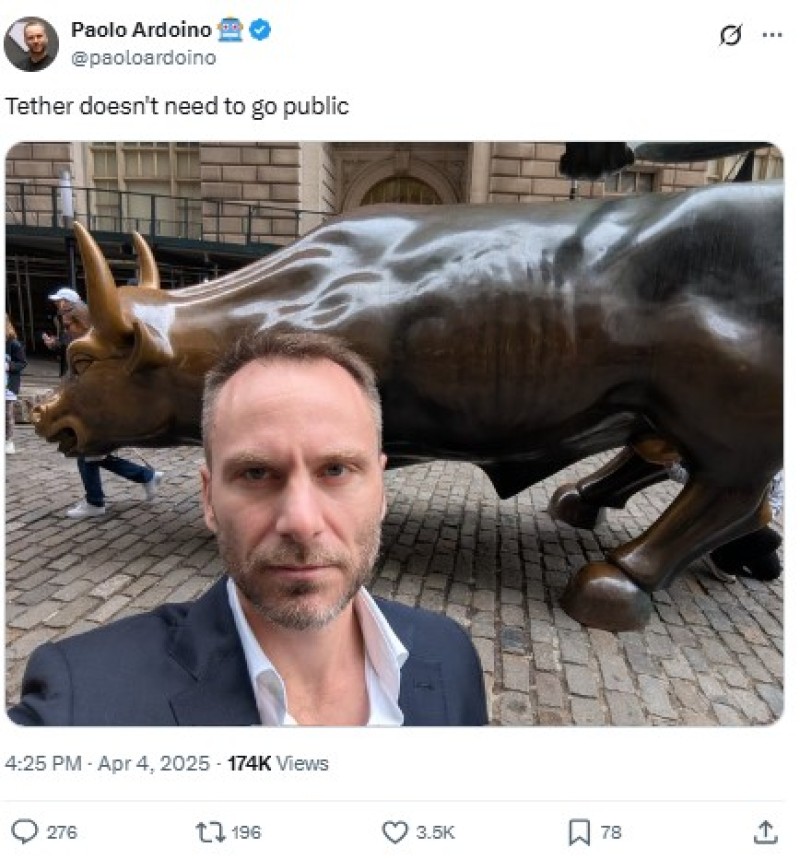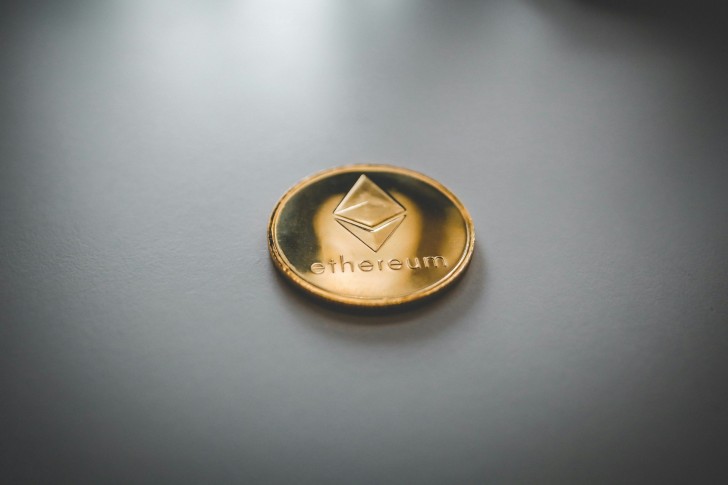The issuer of the world's largest stablecoin USDT declares financial self-sufficiency while taking aim at competitor USDC's public offering plans.
Tether (USDT) vs Circle: Stablecoin Rivalry Intensifies
The cryptocurrency market has witnessed numerous trends come and go, but the ongoing rivalry between the two dominant stablecoins, Tether (USDT) and USD Coin (USDC), continues unabated. This competition between their respective issuers, Tether and Circle, shows no signs of cooling down as executives exchange subtle criticisms.
The latest chapter in this long-standing conflict unfolded today when Tether CEO Paolo Ardoino made a pointed statement declaring that "Tether doesn't need to go public." This remark appears deliberately aimed at Circle, highlighting the divergent paths these stablecoin giants are taking.

USDT Reserves Reach $148 Billion as Tether Projects Financial Strength
Ardoino's comments come at a strategically significant moment, as Circle recently submitted its filing to the Securities and Exchange Commission (SEC) for an initial public offering. The USDC issuer intends to list on the prestigious New York Stock Exchange once regulatory approval is secured and the necessary due diligence process completes. The specific terms of Circle's public offering remain undisclosed at this time.
Behind Ardoino's statement lies a clear message about Tether's financial position. The CEO's assertion suggests that the USDT issuer maintains robust financial health and operates with sufficient capital, eliminating any need to raise additional funds through public markets. This portrayal of self-sufficiency serves as both a competitive statement and a reassurance to USDT holders.
USDT Portfolio Reveals $7.78 Billion in Bitcoin Holdings
Tether's latest financial disclosure reveals impressive numbers backing its operation. The company currently maintains approximately $148 billion in reserves to support the circulating USDT tokens. The majority of these reserves consist of U.S. Treasury bills, considered among the safest financial instruments available.
Notably, Tether has also incorporated cryptocurrency into its reserve strategy, holding 92,646 Bitcoin. At current market rates, this Bitcoin position equates to roughly $7.78 billion in value. This significant cryptocurrency allocation demonstrates Tether's continued commitment to maintaining connections with the broader digital asset ecosystem while backing its stablecoin issuance.
Stablecoin War: USDT Strategy Raises Questions About Transparency
While Tether presents its decision to remain private as a sign of financial strength, critics view this stance differently. Skeptics have long voiced concerns about the composition and stability of Tether's reserves, suggesting that avoiding public markets could be a strategic move to limit detailed scrutiny of the company's financial foundation.
These contrasting perspectives highlight the complexity of the stablecoin ecosystem. As the market continues to evolve, public statements and challenges between major players like Tether and Circle add a layer of competitive tension that has become characteristic of the cryptocurrency industry.
The ongoing battle between USDT and USDC represents more than just corporate rivalry—it reflects fundamental differences in approach to regulation, transparency, and business strategy in the rapidly maturing stablecoin sector. As Circle moves forward with its public offering plans and Tether maintains its private status, market participants will be watching closely to see how these divergent paths affect the broader stablecoin landscape.
Despite their differences, both companies continue to serve a crucial function in the cryptocurrency ecosystem by providing stable assets that bridge traditional finance and digital currencies. Whether through public or private operations, these stablecoins remain essential infrastructure for crypto markets worldwide.
 Peter Smith
Peter Smith

 Peter Smith
Peter Smith


